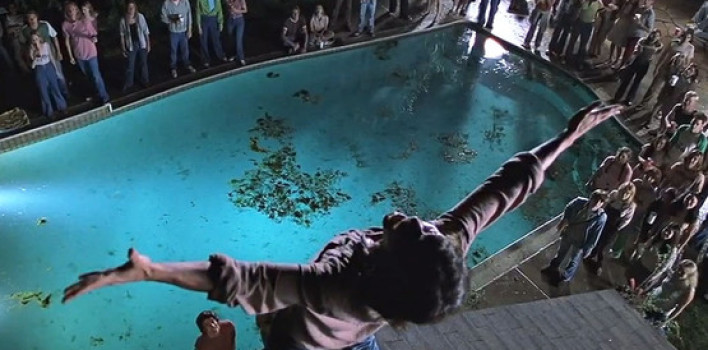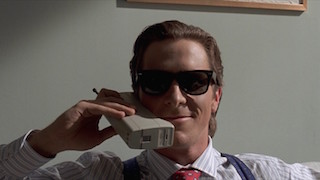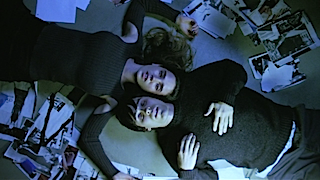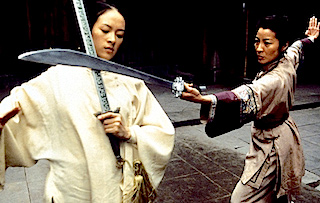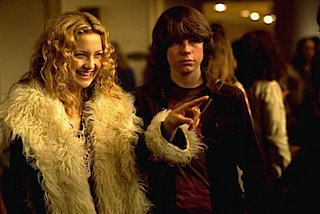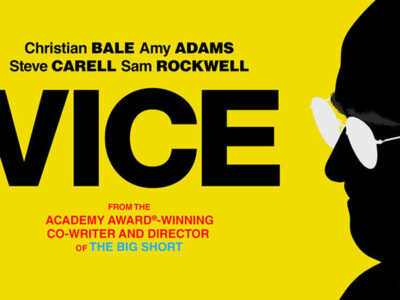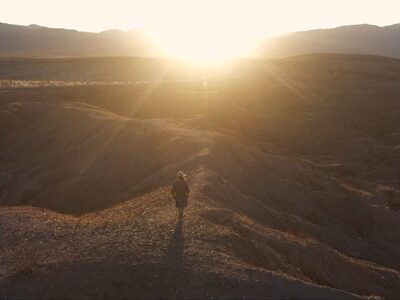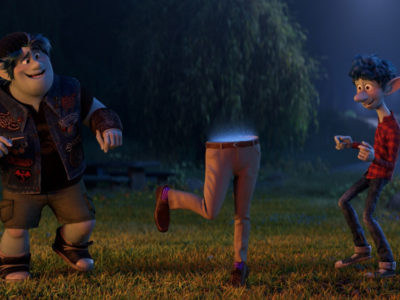Top 5 Movies of 2000
We’ve reached the pinnacle of the mountaintop of movies from 2000. We’ve looked at comedies, big name directors, and the Oscars, and now the Top 5 is ready to be unveiled. There were some tough choices to make, some Conan references to refrain from, and movies to get caught up on. While this might be a bit contentious, we start the list with a movie I had no place to put in the other lists, but is one of my favorites from the year and fits into Halloween nicely.
Also, make sure to check out all the Top 5’s for the year 2000:
Top 5 Big Name Director Movies of 2000
5) American Psycho
An adaptation of Bret Easton Ellis’ 1991 novel of the same name, the Mary Harron directed movie was almost as controversial as Ellis’ novel and certainly generated polarizing opinions. A satirical look at the 1980’s yuppie culture of big cities like New York, where the movie is set. Christian Bale is Patrick Bateman, a Wall Street investment banker obsessed with perfection and looks, who will go to any lengths to make sure he keeps that perfection through a rigorous physical beauty routine, a carefully controlled image, and generic opinions. His persona becomes unhinged as his carefully kept image is challenged by his friends and colleagues who seek to do him one better. His jealousy and insecurity turns to rage and murder and he begins to brutally and callously kill those he knows, random strangers, and he devolves into a psychopathic serial killer.
While the movie is past its cultural moment that leaves it a tad dated, the yuppie is a cultural artifact that might change names, but the basic premise of a chic urbanite hooked to the culture’s current faddish memorabilia and posh eateries does not change. What Holden Caulfield called “phonies” and what today is called, “the hipster”, the 1980’s called a “Yuppie”. Bale masterfully embodies the duality of image and emptiness in the character of Bateman and the funny, ironic, terrifying, and psychotic urban monster. At times it can seem a bit over-wrought how unbelievably phony he can be towards other people, but taking the whole narrative into account it seems like the right balance of smiley fake and grinning sociopath. It’s haunting and during the movie it is very, very disturbing.
The first time I saw this movie I was not enjoying the direction of the movie that would seem to just end with him getting caught or killing himself or whatever, but it is the ending that is what made the movie what it is for me. The story itself is satire and a black comedy about the shallow nature of relationships and love in Yuppie New York, but it is the ending that just messes with you and throws this movie into a more thought-provoking exploration of the mind, murder, and fantasy. Quite the accomplishment for Harron and a breakout performance from the future Bruce Wayne.
4) Requiem for a Dream
Drugs are bad, mmmmkay?
Starring a post-Labryinth pre-Hulk Jennifer Connolly and a post-Fight Club pre-Mr. Nobody Jared Leto as two of four high capacity, go-getters from Coney Island who succumb, both bodily and psychologically, to drug addiction. The mood of Requiem for a Dream is extremely grim and unrelentingly dark. The movie leaves you with little hope and is probably the best PSA you could ever watch to not do drugs. The story, based on the book by Hubert Selby Jr., is frightening in its raw, disturbing portrayal of the effects of drugs on individuals, as well as families like Sara (Ellen Burstyn) and Harry Goldfarb (Leto). While often being lumped in with “drug movies” like Fear and Loathing in Las Vegasand Trainspotting, which also follows a group of four addicts, the movie, especially Sara’s story, deviates from the normal conventions of a drug movie and is resolutely negative towards drugs and drug culture.
What makes the movie so unbelievably depressing and dire is not just the story, but Aronofsky’s great filmmaking and direction. The camera is a subjective observer that produces what these drug addicted characters feel, fear, and want so badly. It lacks an agenda nor does it make light of drugs, ala Trainspotting, but it rests in the heaviness and the toll of narcotics and addictive substances have on a person’s physical, spiritual, and psychological being. It also doesn’t allow us to read much of anything into it. It’s frightening, visceral, and one of the most disturbing movies ever made.
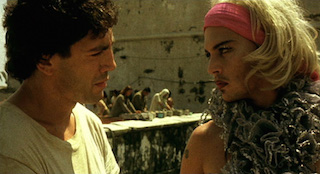
3) Before Night Falls
Hardly anyone had heard of Javier Bardem before this movie, but everyone would know about him after Julian Schnabel’s artistic portrait of Cuban author Reinaldo Arenas. Bardem received his first Oscar nomination for his portrayal of Arenas and marched his inevitable path to greatness and the 2007 Academy Award for his role as Anton Chigurh in the Coen Brothers movie No Country for Old Men.
Before Night Falls tells the story of Arenas through Schnabel’s rich, imaginative landscape of poetic flashbacks, dream sequences, and Arenas’ companionship with Cuban’s artistic outcasts and societal pariahs. Arenas comes of age in a Cuba taken over by Fidel Castro’s communist regime where sexual deviancy, like homosexuals such as Arenas, and creatives, again like Arenas, are considered dangerous and enemies of the Cuban government. While most of Cuba’s liberal dissident’s are obliged to keep their lifestyles and creative outputs quiet, Arenas is not, and stubbornly resists the government’s censures with a quiet joy. Bardem plays Arenas with a quiet confidence, going against the grain of how we typically stereotype a gay man. But there is also an undercurrent of misery in his performance. It’s not the tired cliche of a starving, suffering artist, but an admittance of Arenas’ person being an inevitable sufferer, no matter his sexual orientation or occupation. You get the feeling Arenas wears misery, as Roger Ebet put it in his review, “like a badge of honor.”
A big surprise you could possibly miss without glancing at the credits is the performance of Johnny Depp. He plays two different gay men in the film and both make him somewhat unrecognizable. He plays an army lieutenant that meets Arenas at a beachside bonfire and also the prison transvestite, Bon Bon. The movie also has small performances from Diego Luna and Sean Penn, both performances that you can completely miss if you aren’t paying attention. Another reason to love this often unseen movie that is well-deserved of its spot on this list.
2) Crouching Tiger, Hidden Dragon
It seems especially relevant to have this movie on the list with Hsiao-Hsien Hou’s new movie, The Assassin, being touted as a fabulous take on the Chinese wuxia film that Crouching Tiger, Hidden Dragon re-invented. Ang Lee took a genre that had mostly been relegated to books and other forms of narrative and made it come alive for the big screen and introduced it to American audiences.
Lee’s artful and exciting film set in Qing dynasty China boasts Shakespearean romance, family, and honor dynamics that make this tale not only kinetic, but charged with electric performances and chemistry. Action sets and sequences are surrounded by a fascinating story of Li Mu Bai (Chow Yun-Fat), a famous warrior, his sword the Green Destiny, and his fellow warrior and love interest Yu Shu Lien (Michelle Yeoh). They are set to put aside their swords and take up their long delayed romance when they are roped into tracking down Jade Fox (Pei-pei Cheng), the murderer of Li Mu Bai’s master, and her mysterious disciple (Ziyi Zhang).
Few movies made before it boasted the scale and intensity of its fight scenes, and few Americans had seen choreography this fluid and majestic. However, the real key to Lee’s brilliance in this movie, awesome choreography and fight scenes aside, is the emotional depth of and empathy you develop for 6 to 7 characters that play a major part in the narrative. Lee sets stakes and character dynamics for when the movie goes Shakespearean. The full emotional weight of the movie hits you and you’re left to ponder lost loves and the characters final, fateful choices. Masterfully and beautifully done and, by far, my favorite Ang Lee movie.
1) Almost Famous
Cameron Crowe’s magnum opus takes elements of his own experience as a young writer and overlays them with an empathetic gratitude for those opportunities. William Miller (Patrick Fugit) channels Crowe’s experiences as young, 15 year-old writer tasked with writing a story on the up-and-coming band, Stillwater. Along the journey he befriends Russell (Billy Crudup), the magnetic lead guitarist, and Russell’s tagalong groupie/girlfriend, Penny Lane (Kate Hudson). William falls for Penny Lane and respects Russell, and it is not the triangular dynamic of their relationship that takes the forefront, but William’s journey to understanding and growing up in 1970’s America, a time of idealism, rock n’roll, and commercialism.
Crowe’s movie is about the music, with a typically carefully curated Crowe playlist of rock’s best music, but it’s not a rock movie. It’s a coming-of-age film with elements of joy, sorrow, loud music, and the pain of growing up. Fugit’s Miller grows up as his youthful idealism experiences heartbreak, setbacks, the terror of being on your own, and the difficult choices life brings. Percolating throughout scenes of disappointment and unrealized aspirations, however, is gratitude and hope. Kate Hudson’s smiling pronouncement of “It’s all happening,” is the movie’s mantra of enjoying the ride; the sing alongs, the bumps in the road, the successes, and the failures. To quote Ebert once more, “Why did they give an R rating to a movie perfect for teenagers?”


